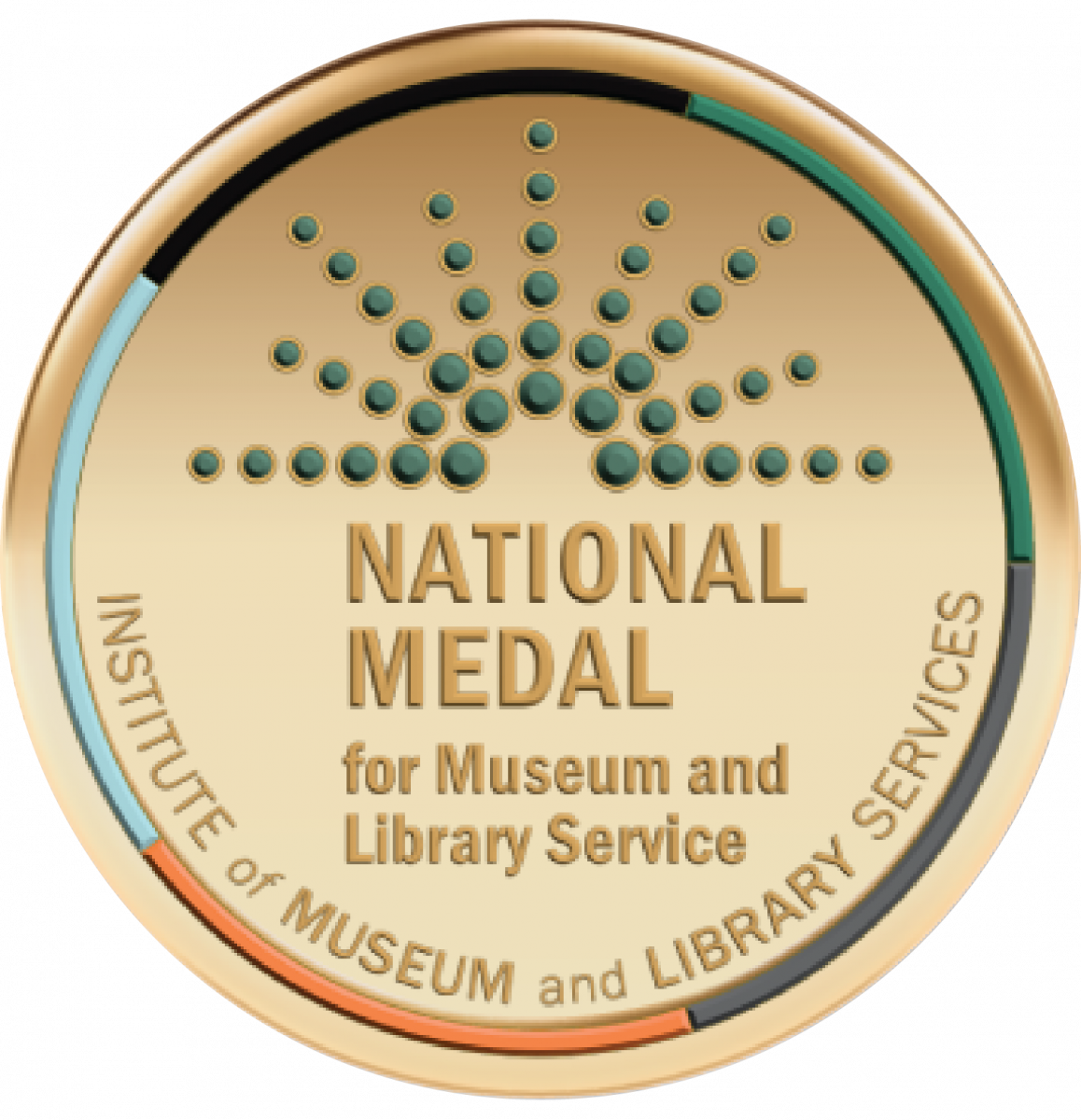Sometime after Hurricane Sandy, I heard about the Middlesex County Medical Reserve Corps (MRC). If you go to the MRC homepage (https://mrc.hhs.gov/HomePage), you will see it described as, “A national network of local groups of volunteers engaging local communities to strengthen public health, reduce vulnerability, build resilience, and improve preparedness, response, and recovery capabilities.” Basically, MRC’s involve medical and public health professionals and other community members who train to prepare for, and respond to, public health emergencies. According to its website (https://www.nj.gov/health/lh/njmrc/), the New Jersey MRC has more than 5,000 volunteer members. The one in Middlesex County is run by the county’s health department.
When I joined the MRC in 2012, I had recently graduated from nursing school and had my registered nurse’s license. The MRC sounded like the perfect opportunity to put my nursing skills to use in service to the community. In 2017, I completed a doctor of nursing practice degree to become a family nurse practitioner, expanding the skills that I could bring to my volunteer experience.
When the COVID-19 crisis hit, my 14 year-old son and I were the only ones still living in our house. My 21 year-old daughter had moved out for college. My son had leukemia when he was three. He is doing well now, but he experienced post-traumatic stress disorder in the years following his treatment and has some lingering anxiety when it comes to health-related matters. When I got the email from the MRC asking for volunteers to serve at the County-run COVID testing site, I hesitated to respond. I was afraid of exposing myself to the virus and possibly making my son sick or just causing him to worry. I was equally afraid that, if I did get exposed, I could die and leave my son with the uncertainty of who would take care of him. And my fear of death wasn’t just hyperbole. The news was full of accounts of otherwise healthy people contracting the virus and dying. (In fact, further into the epidemic, two friends of mine, not much older than me – Diana Tennant and Deloris Dockery – both died of COVID-related complications.)
At the same time that all of this was going on, I was working my second job as a nurse practitioner seeing patients in a local rehabilitation/nursing home facility. The doctor I work for told me that I didn’t have to go into the facility, that I could see patients remotely via telehealth. But that would have involved asking the nurses to take time out of their job responsibilities to put patients on the phone to speak with me. As with other nursing homes throughout the country, ours was hard hit by the COVID crisis. Most of my patients have been infected, 13 have died, and many of the full-time employees at the site have been infected as well. I knew that, on one of the units that usually had 2 to 3 nurses working, the facility was down to 1 nurse at the time because they had so many nurses out sick. In fact, the facility eventually had to call in nurses from other states on a temporary basis to deal with the staffing shortage. It didn’t seem right to stay home and add to the burden of others who were out there on the front lines, so I started going back into the facility.
Eventually, I decided that the MRC request was exactly the type of service I had been trained to provide and that I had to go. I started my volunteer service at the Edison site, in the Department of Motor Vehicles’ inspection station. My fear was still strong that first day of volunteering, but we were well-protected (see accompanying photo) and every day I served I became more relaxed and the work began to feel “routine” (if that can truly be said in such an unprecedented crisis). Eventually, I also had the opportunity to volunteer at the South Brunswick, New Brunswick, and Piscataway sites.
It’s hard to remember the fear that I felt initially. It’s still there, but not as intense. And I know it is not an irrational fear. This virus is a wily beast and we learn more about it every day. There seems to be no way to predict how any individual will respond to it if they get infected. In 1981, when people first started dying of AIDS, people were stigmatized and left to die alone because there was a fear that you could get infected just through touch. Eventually, we learned that this was not the case and now people infected with HIV can live a normal life span with the proper care and treatment. However, what people thought AIDS was is what this virus truly is. I have seen people who were perfectly healthy die and I have had patients with multiple, serious health problems who I have had to send to the hospital, near death, but who recovered.
There’s a lot of talk about heroes and bravery in this epidemic, but the truth is that we are all heroes to someone whenever we do anything that protects more vulnerable members of our society. That may mean following social distancing recommendations or wearing masks to prevent the spread of germs, but there are many people out there (not just healthcare workers) who are doing their jobs and volunteering every day to keep important (not just essential) services available. Even just staying home is an act of self-sacrifice and bravery because we don’t know how long this will last. It is easy to get caught up in the politics associated with the crisis, but there are solutions to many of the problems this virus has caused if we think above the level of petty politics and focus on our duty as a society to protect the greater good. If we reaffirm our commitment to that goal, we will honor all of those who have died in the United States and abroad.


